
| Recorded by: Mark Basinger on 2025-09-26
Brunswick Co.
Comment: | 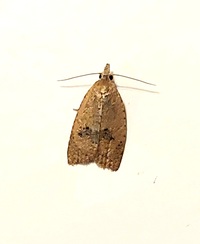
| Recorded by: Mark Basinger on 2025-09-21
Brunswick Co.
Comment: |
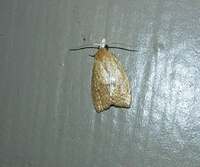
| Recorded by: Allison Garton on 2025-09-08
Moore Co.
Comment: | 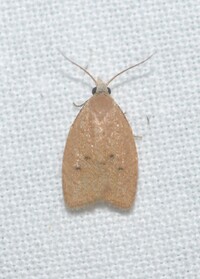
| Recorded by: K. Bischof on 2025-08-27
Transylvania Co.
Comment: |
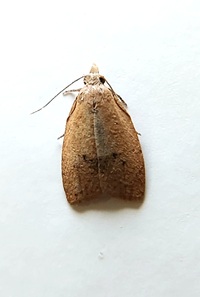
| Recorded by: Mark Basinger on 2025-08-23
Brunswick Co.
Comment: | 
| Recorded by: David George, Kevin Bischof, Rich Teper, Patrick Coin on 2025-08-16
Transylvania Co.
Comment: |
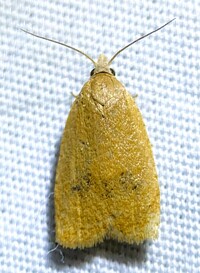
| Recorded by: Dean Furbish, Lior S. Carlson on 2025-07-29
Cleveland Co.
Comment: | 
| Recorded by: Dean Furbish, Lior S. Carlson on 2025-07-29
Cleveland Co.
Comment: |
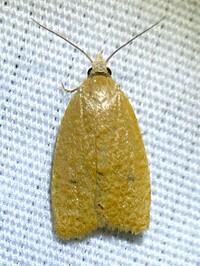
| Recorded by: Dean Furbish, Lior S. Carlson on 2025-07-28
Cleveland Co.
Comment: | 
| Recorded by: Dean Furbish, Lior S. Carlson on 2025-07-28
Cleveland Co.
Comment: |
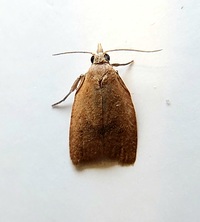
| Recorded by: Mark Basinger on 2025-07-24
Brunswick Co.
Comment: | 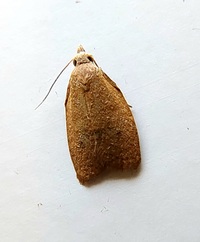
| Recorded by: Mark Basinger on 2025-07-21
Brunswick Co.
Comment: |
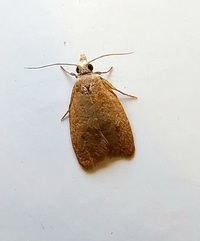
| Recorded by: Mark Basinger on 2025-07-20
Brunswick Co.
Comment: | 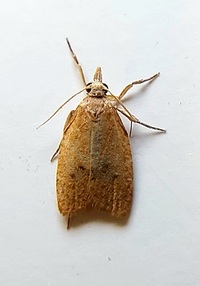
| Recorded by: Mark Basinger on 2025-07-09
Brunswick Co.
Comment: |

| Recorded by: Mark Basinger on 2025-07-07
Brunswick Co.
Comment: | 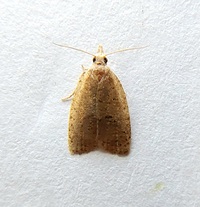
| Recorded by: Mark Basinger on 2025-05-15
Brunswick Co.
Comment: |
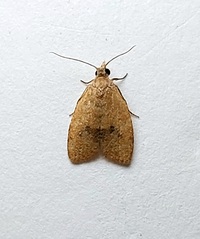
| Recorded by: Mark Basinger on 2025-05-02
Brunswick Co.
Comment: | 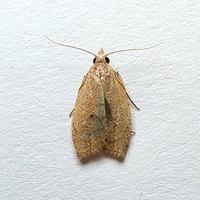
| Recorded by: Mark Basinger on 2025-04-24
Brunswick Co.
Comment: |

| Recorded by: Mark Basinger on 2025-04-24
Brunswick Co.
Comment: | 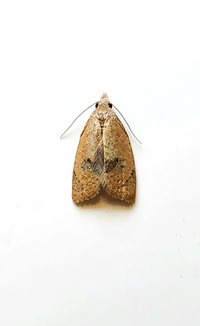
| Recorded by: Mark Basinger on 2024-08-31
Brunswick Co.
Comment: |
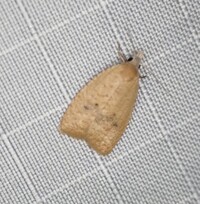
| Recorded by: Stefanie Hedrick on 2024-08-29
Union Co.
Comment: | 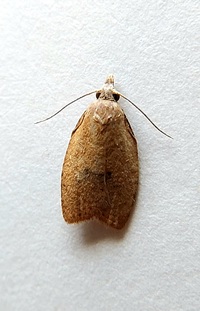
| Recorded by: Mark Basinger on 2024-08-16
Brunswick Co.
Comment: |
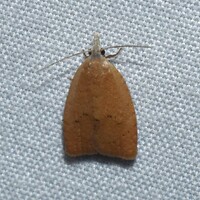
| Recorded by: David George, Jeff Niznik on 2024-08-06
Transylvania Co.
Comment: | 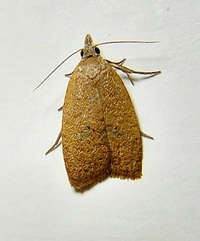
| Recorded by: Mark Basinger on 2024-07-13
Brunswick Co.
Comment: |
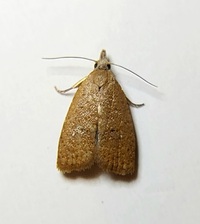
| Recorded by: Mark Basinger on 2024-07-12
Brunswick Co.
Comment: | 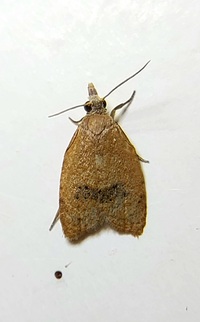
| Recorded by: Mark Basinger on 2024-07-11
Brunswick Co.
Comment: |

| Recorded by: Mark Basinger on 2024-07-11
Brunswick Co.
Comment: | 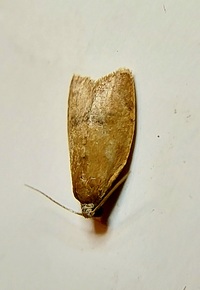
| Recorded by: Mark Basinger on 2024-07-11
Brunswick Co.
Comment: |
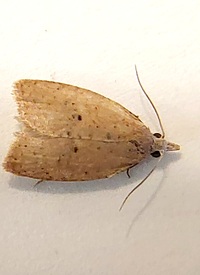
| Recorded by: Mark Basinger on 2024-04-19
Brunswick Co.
Comment: | 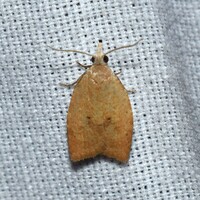
| Recorded by: David George, Jeff Niznik, Rich Teper on 2024-04-16
New Hanover Co.
Comment: |
|

 »
»

























